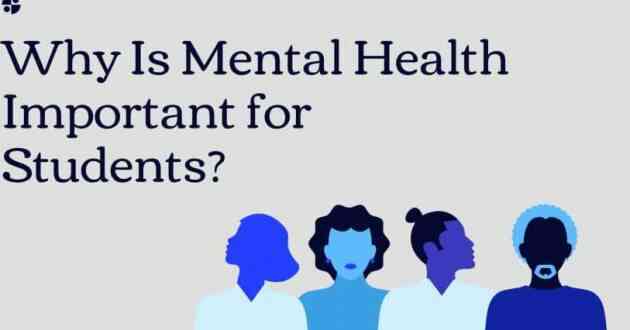Navigating The Spectrum: Exploring The Different Types Of Eating Disorders
Eating disorders come in various forms, each with its own unique characteristics and challenges.
Eating disorders are complex and often misunderstood mental health conditions that affect millions of individuals worldwide. They can manifest in various forms and impact people of all ages, genders, and backgrounds. In this article, we will explore the different types of eating disorders, shedding light on their characteristics, causes, and potential treatment approaches.
Understanding Eating Disorders
Eating disorders are not solely about food; they are intricate psychological disorders that involve an unhealthy preoccupation with body weight, shape, and eating habits. These disorders often coexist with other mental health conditions like depression, anxiety, and obsessive-compulsive disorder (OCD).
Anorexia Nervosa
Characteristics: Individuals with anorexia nervosa have an intense fear of gaining weight, leading to severe restrictions in food intake and a distorted body image. They often perceive themselves as overweight, even when they are underweight.
Physical and Psychological Effects: Anorexia can lead to extreme thinness, malnutrition, electrolyte imbalances, and a host of health issues. It also takes a toll on mental health, causing anxiety, depression, and isolation.
Treatment: Treatment for anorexia typically involves medical supervision, nutritional rehabilitation, therapy (individual and family-based), and addressing the underlying psychological factors contributing to the disorder.
Bulimia Nervosa
Characteristics: Bulimia nervosa involves recurring episodes of binge eating, followed by compensatory behaviors like purging (vomiting or using laxatives) or excessive exercise to counteract the consumed calories.
Physical and Psychological Effects: Bulimia can lead to electrolyte imbalances, digestive issues, and dental problems due to frequent vomiting. Shame, guilt, and secrecy often accompany this disorder.
Treatment: Treatment for bulimia may include therapy (cognitive-behavioral therapy or dialectical behavior therapy), nutritional counseling, and addressing any underlying emotional issues.
Binge-Eating Disorder (BED)
Characteristics: BED involves recurrent episodes of consuming large amounts of food, often rapidly and to the point of discomfort, without purging. Unlike bulimia, individuals with BED do not engage in compensatory behaviors.
Physical and Psychological Effects: BED can lead to obesity, heart disease, diabetes, and mental health issues like depression and anxiety.
Treatment: Treatment for BED often includes therapy (particularly cognitive-behavioral therapy), nutritional counseling, and addressing emotional triggers for overeating.
Avoidant/Restrictive Food Intake Disorder (ARFID)
Characteristics: ARFID is characterized by extremely selective eating patterns, often driven by sensory sensitivities, fear of choking, or an aversion to certain textures or smells. It is not driven by concerns about body weight or shape.
Physical and Psychological Effects: ARFID can lead to nutritional deficiencies, growth issues (in children), and social isolation.
Treatment: Treatment for ARFID often involves exposure therapy and sensory-based interventions to expand the individual's food repertoire.
Conclusion
Eating disorders are diverse, complex, and can have severe physical and emotional consequences. It is essential to recognize the signs and symptoms early and seek professional help. Remember that recovery is possible with the right support system, including medical professionals, therapists, and loved ones. Understanding the different types of eating disorders is a crucial step in promoting awareness, compassion, and effective treatment for those who are struggling. If you or someone you know is dealing with an eating disorder, seek help and support without delay


